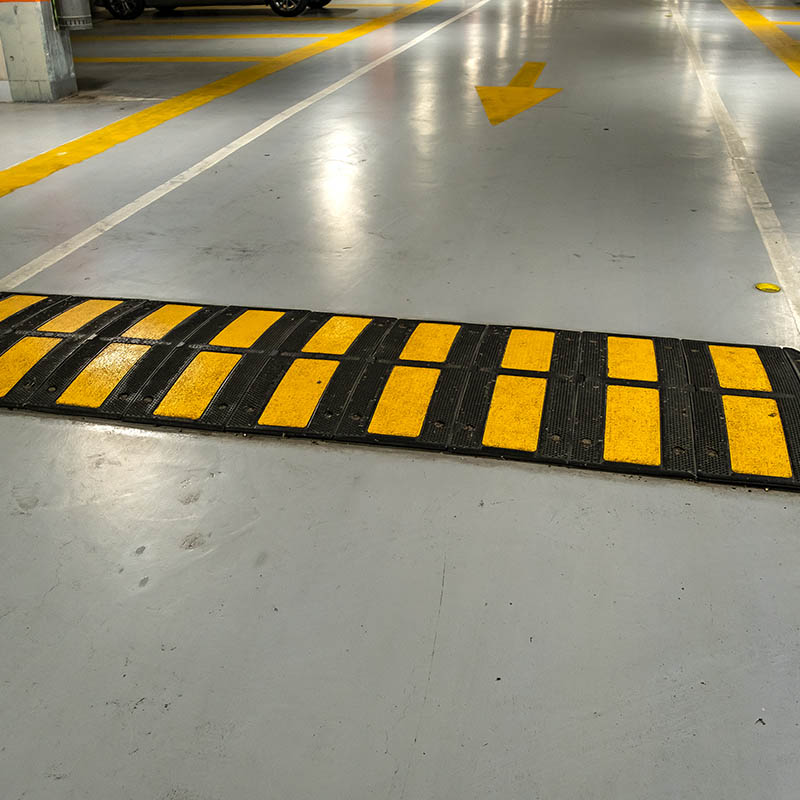
By: Emerson Y.
Year: 2023
School: Serrano Intermediate
Grade: 7
Science Teacher: Andi Suter
Driving over conventional speed bumps can be a bumpy ride for both vehicles and passengers, often leading to potential damage to a car’s chassis and other critical systems. Recognizing this issue, Emerson embarked on a science project to develop a solution that could minimize the risk of harm while maintaining effective traffic control. The result: Non-Newtonian fluid speed bumps.
Traditional concrete speed bumps pose a threat to vehicles, even when traversed at slow speeds. The potential for damage to a car’s chassis and other systems became the focal point of my investigation. Determined to find a safer alternative, Emerson turned to non-Newtonian fluid as a potential game-changer.
To address the problem at hand, Emerson created two types of speed bumps for comparative testing. The first, constructed from wood sticks, served as a control group, representing the conventional concrete speed bumps. The second, utilizing non-Newtonian fluid, aimed to revolutionize the way we approach traffic calming measures.
The core of Emerson’s project involved using non-Newtonian fluid as a base material for one of the speed bumps. This innovative approach aimed to provide a safer solution for vehicles with lower chassis, reducing the risk of damage during transit.
To validate the efficacy of the non-Newtonian fluid speed bump, Emerson conducted controlled experiments using a vehicle. The comparative study involved a traditional speed bump and the newly developed non-Newtonian fluid alternative.
During testing, the conventional speed bump led to visible scratches and potential harm to the car’s chassis. In contrast, when the vehicle traversed the non-Newtonian fluid speed bump, the impact was significantly gentler, indicating a lower risk of damage to the car’s critical systems.
By incorporating non-Newtonian fluid technology into speed bump design, Emerson concluded that we can pave the way for a safer and more sustainable future for road users.
